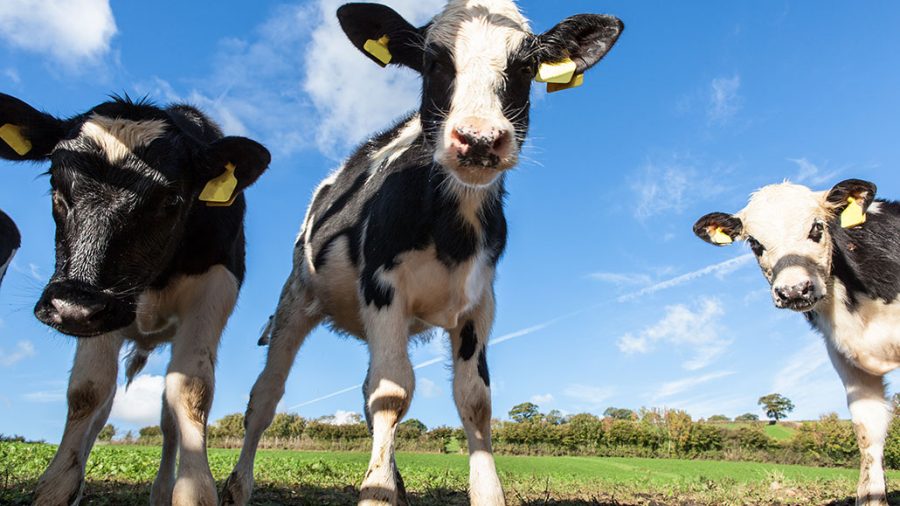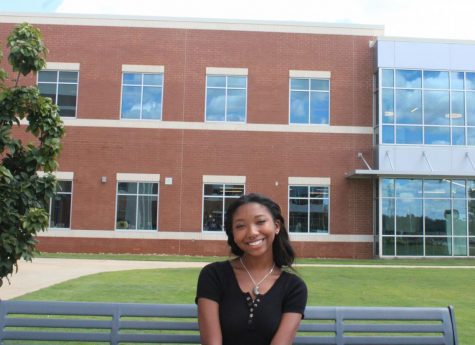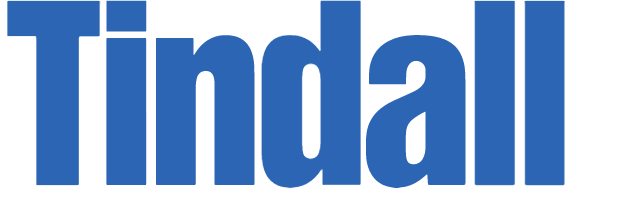California’s Dairy Farms Push for Cleaner Fuel
California’s dairy farmers convert their cow manure’s methane into income
Photo courtesy comptroller.texas.gov
Cows from a Texas Dairy farm enjoy the sunny meadow.
April 25, 2022
More than half of California’s methane, a potent planet-warming gas, is emitted from dairy and livestock manure, and surprisingly, cow burps. The state has pledged to lower greenhouse gas emissions by 40% compared with 1990 levels by 2030, and its focus is on methane reduction.
Andrew Kongkeo (11) stresses his concerns about methane in the atmosphere, and highly encourages California’s new way of combatting high methane emissions.
“Methane has adverse effects when it is present in the atmosphere. The source of methane is highly prevalent in livestock operations, so I’m a big fan of California’s methane solution. Since people are using it for energy, that cuts back on the collection of greenhouse gases in our atmosphere,” Kongkeo said.
According to the Intergovernmental Panel on Climate Change, a scientific group that helps the United Nations evaluate the research on the issue, methane can be 84 times more potent in trapping heat than carbon dioxide. California is also targeting a 20% reduction in carbon intensity from transportation fuel relative to 2010. Trucks and buses in California are utilizing low-carbon fuels, including natural gas derived from California’s dairies that would otherwise release methane into the atmosphere.
Before California’s plan was implemented, livestock manure would go into big storage ponds, where bacteria would feed on the manure and release methane. With the new plan enacted, dairies’ manure will instead flow into big tanks, called anaerobic digesters, that will capture most of the methane. The captured methane will then go into a natural gas pipeline, situated just a few miles from the dairy farm.
The methane-capturing equipment at Ponderosa High Plains Dairy holds a partnership with Shell, an oil company. When they capture methane from manure, they will be granted pollution-reduction credits. These credits come from dairies reducing their methane emissions and delivering a less-polluting fuel for use in California’s transportation fleet. California’s oil and gas companies can buy those credits to cancel out their own emissions. For High Plains Dairy and Shell, these emission credits could be worth tens of millions of dollars a year, although the value of the credits fluctuate by demand.
The efforts are not only putting cash in the pockets of dairy farms across the country but cutting pollution rates on farms and satisfying California’s roadway emission limits.
Wes Sutton (11) encourages the idea and highlights how great the movement is for contending multiple dilemmas.
“I’m glad the United States is using unique ways to help the economy. The plan is not only great for the environment, but the economy as well. The idea is innovative and combats multiple problems in one,” Sutton said.
However, some environmentalists like Aaron Smith, an economist at the University of California, Davis, emphasize the paradoxical results of the process.
“If you have a program that creates incentives to generate more pollution, then you’re not going to get the benefits that you want,” Smith said.
The idea could persuade dairy farms to expand and add more cows. However, when cows belch, they release methane as they digest grass. Those emissions cannot be captured. As a result, even though the methane from cow manure will be captured, the cow belches will only increase and further pollute the atmosphere.




